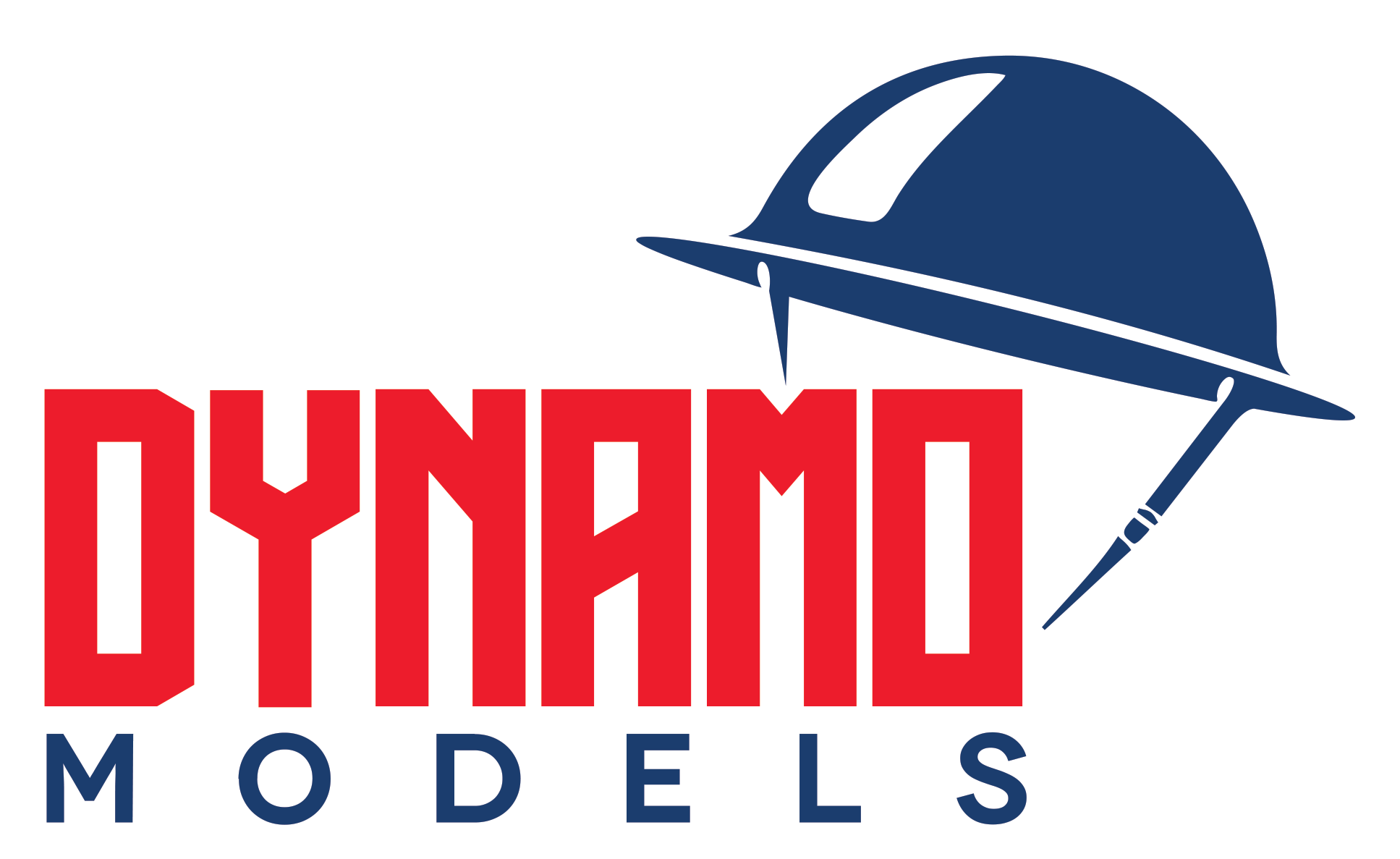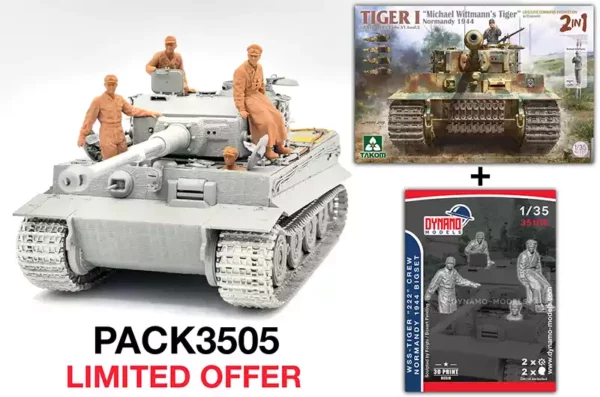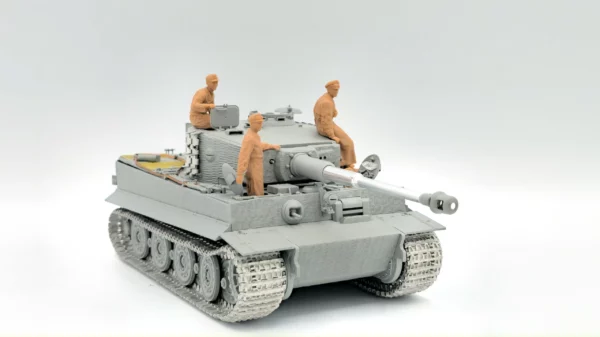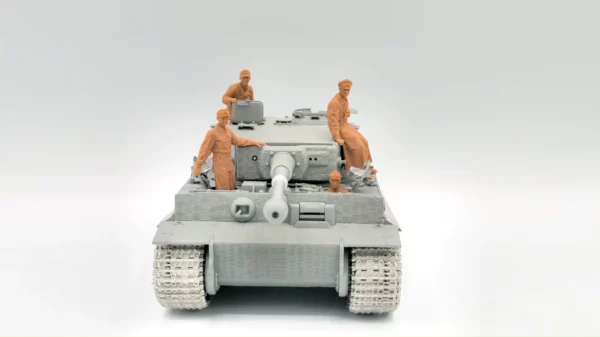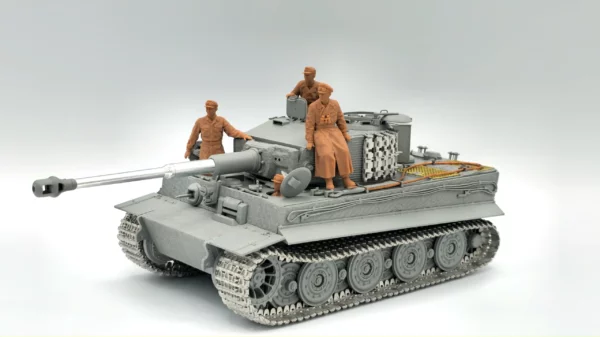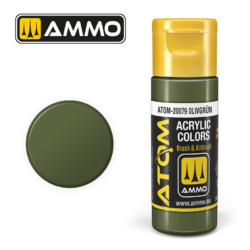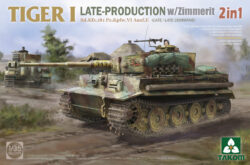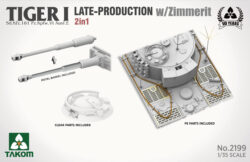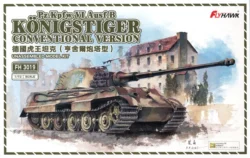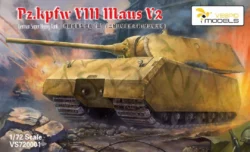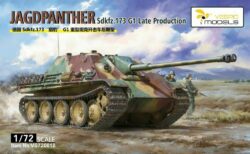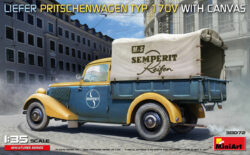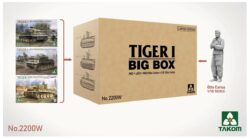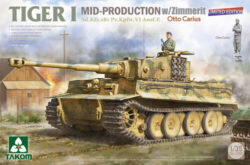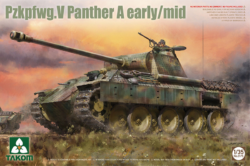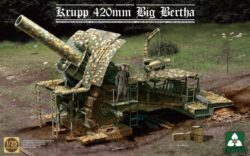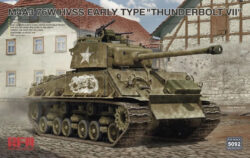



Special Pack – Tiger I Late Takom + WSS Tiger “222” Crew Big Set 1/35
91,50€ Le prix initial était : 91,50€.82,35€Le prix actuel est : 82,35€.
Get our special pack including the 1/35 model Tiger I Late from Takom and the WSS ‘222’ crew 3D print figures. Perfect for military model enthusiasts. Available now from Dynamo Models.
Dynamo Models Special pack include:
– 1 WSS – Tiger ‘’222‘’ Crew Normandy Big Set (include decals)
– Model to be assembled and painted. Glue and paint not supplied.
Purchase the special pack and save your money.
1 en stock
Discover the special pack Tiger I: A Model of the Panzer VI (Takom) and Its Crew
The Second World War was a period of significant advancements in military technology, with the Panzer VI Ausf. E Tiger I standing out as one of the most iconic heavy tanks of the era. Known for its formidable firepower and robust design, the Tiger I instilled fear in its adversaries and became a symbol of German engineering prowess. For model enthusiasts, recreating this legendary tank and its crew offers an exciting opportunity to connect with history.
Check out more WWII German Tiger tank models
The Panzer VI Ausf. E Tiger I
The Panzer VI Ausf. E, commonly referred to as the Tiger I, was first deployed by Germany in 1942. Renowned for its superior armor and powerful 88mm gun, the Tiger I was a dominant force on the battlefield. Its distinctive sloped armor effectively deflected incoming rounds, contributing to its impressive survivability. Weighing approximately 54 tons, the Tiger I could reach speeds of up to 45 kilometers per hour (about 28 miles per hour) on roads, showcasing an extraordinary balance of weight and mobility.
Developed to counter the increasing threat from Allied armor, the Tiger I’s design emphasized both durability and firepower. Its 88mm cannon, coupled with advanced optics, allowed it to engage targets at significant ranges, making it a fearsome opponent. The Tiger I’s combination of strength and accuracy redefined tank warfare during World War II.
The Tiger Crew
A key element of the Tiger I’s effectiveness was its crew, typically consisting of five men: a commander, gunner, loader, driver, and radio operator. Each crew member played an essential role in the operation of the tank. The commander, with a keen understanding of battlefield dynamics, needed to make rapid decisions under pressure. The gunner was tasked with aiming and firing the powerful cannon, requiring precision and skill.
The loader ensured a continuous supply of ammunition, while the driver navigated the tank through various terrains, often under fire. The radio operator maintained crucial communication with other units, ensuring coordinated maneuvers. This teamwork was vital for the successful operation of the Tiger I, a complex machine that required seamless cooperation.
Modeling the Tiger I with Takom
For modeling enthusiasts, recreating the Tiger I and its crew is a rewarding and engaging project. The special pack available through Dynamo Models at dynamo-models.com, features an intricately designed model of the Tiger I late production variant, accompanied by a comprehensive crew set. This kit includes detailed figurines that allow modelers to paint and customize each crew member, adding depth and character to the display.
The model captures the unique features of the Tiger I, including its armor details, turret design, and the iconic 88mm gun. The accompanying crew figures provide an opportunity to represent the real-life soldiers who operated the tank, enhancing the historical narrative. Modelers can choose to depict specific battles, such as the Battle of Kursk or engagements in North Africa, giving them the chance to dive deeper into the rich history surrounding the Tiger I.
Dynamo Models ensures that this Takom kit is accessible to both novice and experienced modelers. The attention to detail in the parts and the quality of the figures make this an excellent choice for anyone looking to explore the legacy of the Tiger I through modeling.
The Legacy of the Tiger I
The legacy of the Panzer VI Ausf. E Tiger I remains significant in both military history and the world of model building. Although it eventually became outmatched by advances in Allied technology, the Tiger I remains a symbol of battlefield innovation and engineering excellence. Its emphasis on firepower and protection continues to influence modern tank designs.
For model enthusiasts, the Tiger I represents more than just a historical machine; it embodies the stories of the brave men who operated it. The experiences of the Tiger crew—facing enemy fire and navigating the challenges of their environment—provide a rich narrative that enhances the modeling experience.
In conclusion, the Takom model of the Panzer VI Ausf. E Tiger I, available through Dynamo Models, offers a unique opportunity for history buffs and modelers to connect with one of World War II’s most iconic tanks. By exploring the intricacies of the tank and the stories of its crew, enthusiasts can gain a deeper appreciation for the complexities of warfare and the machines that shaped it. Whether displayed in a showcase or crafted at the workbench, the Tiger I continues to inspire admiration and respect for the legacies of those who built and operated it.
